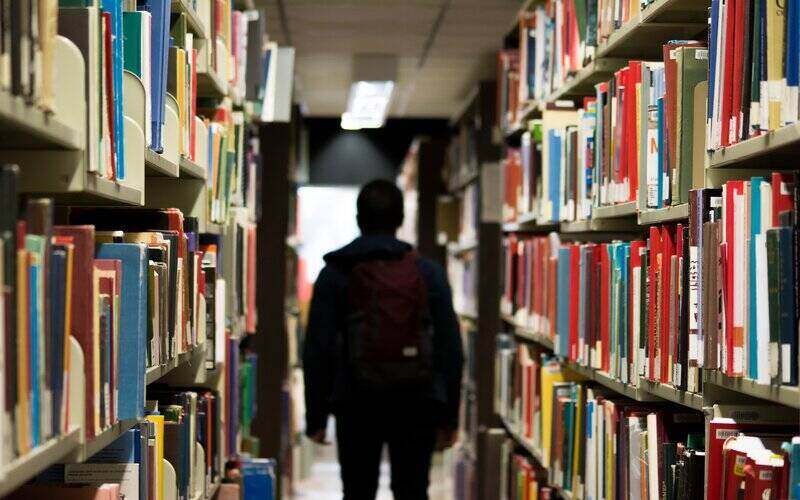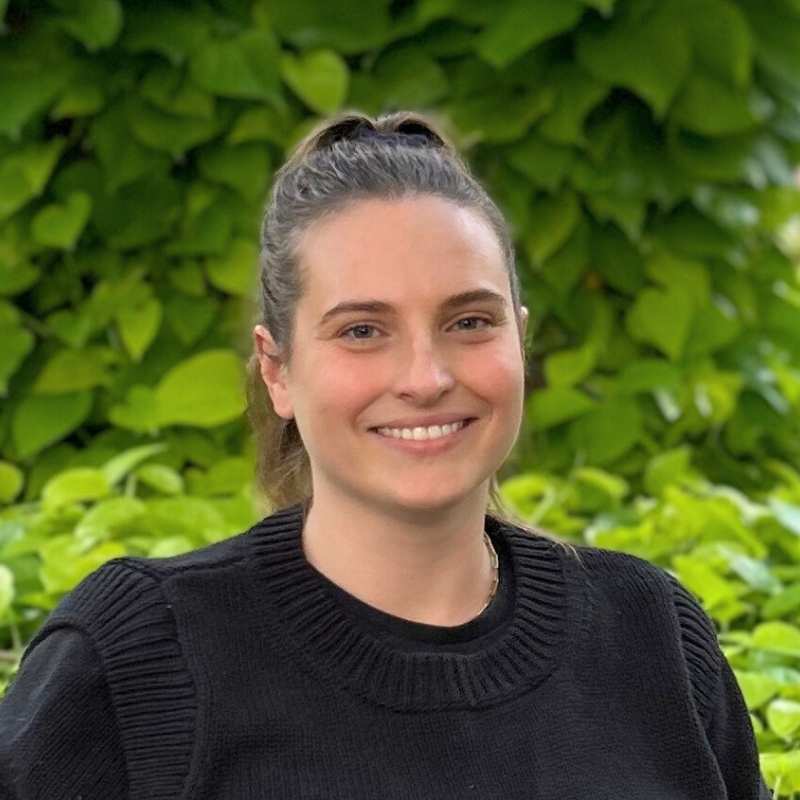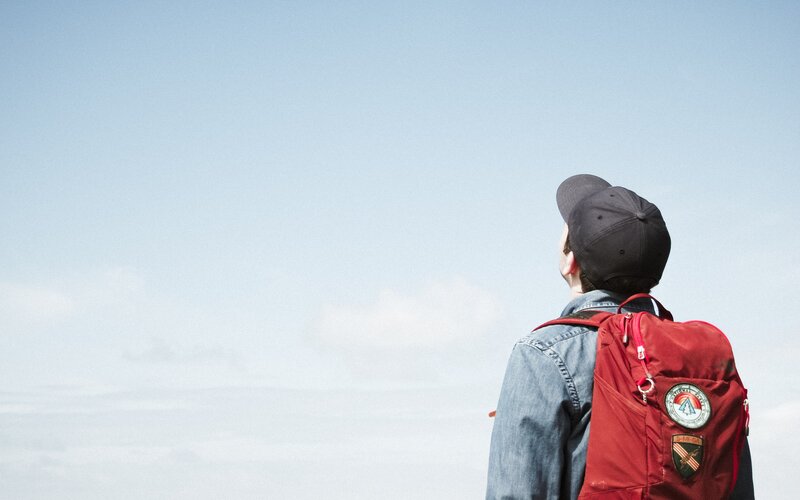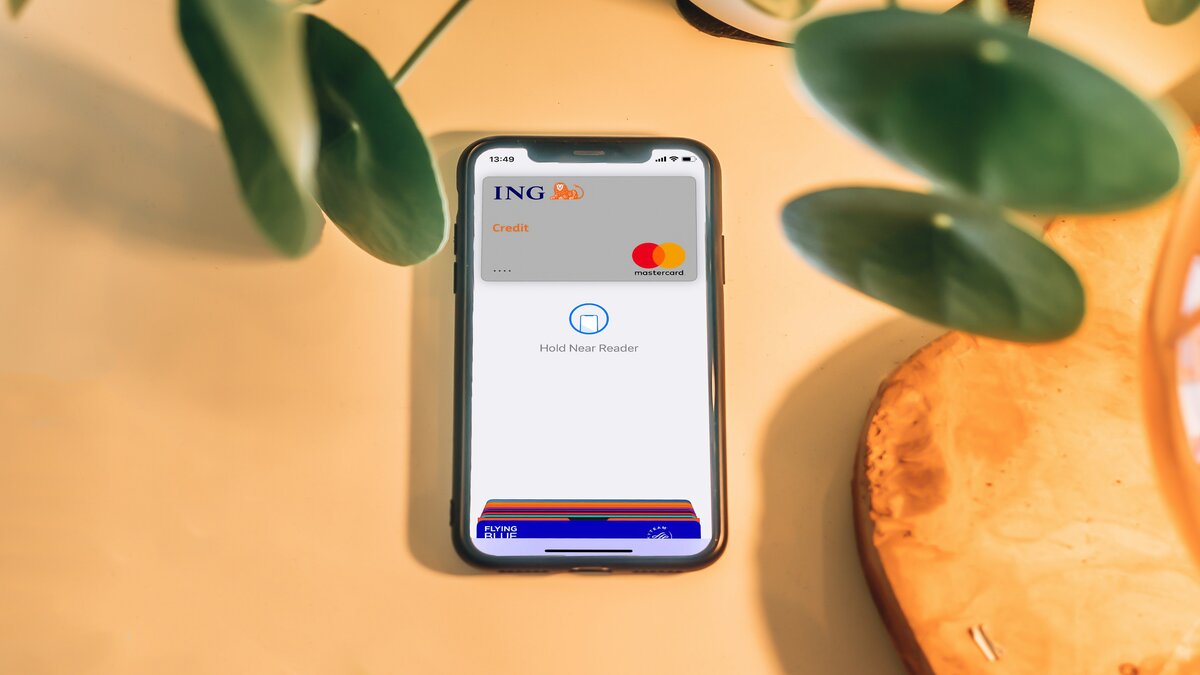More than half of international students felt alone in financially preparing for their overseas studies, according to 7,000 people surveyed by HSBC.
International education – Australia’s fourth largest export industry – brought $29 billion into the economy in 2022, Universities Australia found.
Despite that, it appears a lack of help is weighing on those planning to move abroad to study.
Only 29% of students found it 'very easy' to open a bank account in their new home while 54% said no one helped them to feel financially prepared to move.
One in two worried about managing their cash flow once they arrived at their destination and the same number were concerned about juggling their finances between their old and new homes.
“The research shows that something simple like opening a bank account was a challenge for the majority of international students,” said Jessica Power, HSBC head of wealth and personal banking in Australia.
“We know there has been an influx of international students to Australian shores over the last 12 months, and we want to help provide them with the right financial support so they spend less time worrying about money matters.”
But finances are just one piece of a complex – and often expensive – puzzle facing those arriving to study at Aussie institutions.
Another appears to be finding suitable housing.
“Amidst the widespread housing crisis, there is an acute shortage of dedicated student housing,” said Adina Cirson, Student Accommodation Council acting executive director.
Unlike apartments on the general market, student housing typically comes fully-furnished, includes utilities, and offers social events and pastoral care.
Just one bed is available in purpose built student accommodation (PBSA) for every 16 students, CBRE (Commercial Real Estate Services) recently revealed.
Even with an estimated 8,000 rooms potentially able to be delivered over 2023-2026 – a 7% uptick – supply is outweighing demand by far.
The median rent for a studio in student accommodation grew from $406 a week in 2018 to $530 a week in 2023 across Brisbane, Melbourne, and Sydney.
That represents a compound annual growth rate of 5.5%, and price growth is expected to outpace inflation in inner city living sectors.
“The need to increase student housing, for both domestic and international students, has reached a critical stage,” Ms Cirson said.
“Our research shows that over 76,500 students in Australia are living in some 200 purpose-built student accommodation developments, most of which are full – with a third of beds leased to domestic students.
“That is tens of thousands of students who are not competing with renters in the private market, underscoring the significant role PBSA has to play in easing the crisis.”
Higher living expenses saw the Albanese Government hike the amount of savings students need to secure a student visa by 17% to $24,505 as of October.
The newly increased figure reflects the fact it hadn’t been indexed since 2019.
It’s expected to see fewer international students urgently seeking employment on their arrival and, therefore, lower their risk of exploitation.
“PBSA is an enabler to the higher education sector – our biggest service export – and therefore makes a positive contribution to the broader economy,” Ms Cirson said.
“Governments have been receptive to build-to-rent (BTR) developments forming part of the housing mix, and it is essential that governments also see PBSA in a similar light.”
Ms Cirson noted that around 300,000 foreign travellers arrived in Australia in 2019 to visit international students – adding $1 billion to the economy.
Additionally, 16% of students are estimated to stay in Australia after their studies, helping to minimise workforce shortages.
Image by Redd F on Unsplash.



 Denise Raward
Denise Raward

 Harry O'Sullivan
Harry O'Sullivan

 Harrison Astbury
Harrison Astbury

